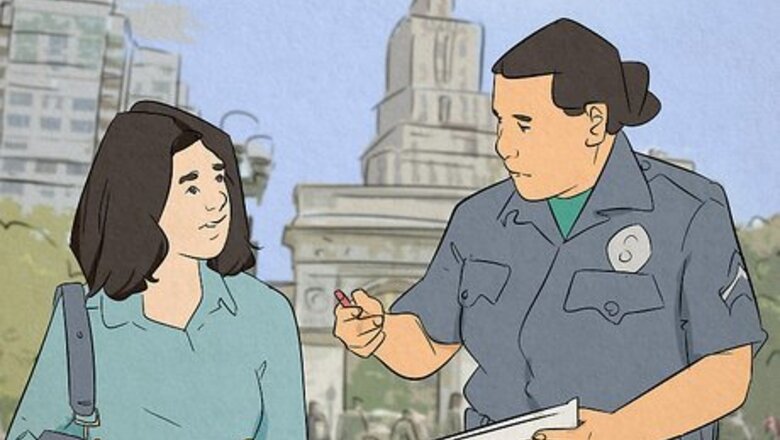
views
- Stop by the local police station first and file a missing person report. Give as much info about the person as you can, like where they were last seen.
- Ask the person’s friends and co-workers if they’ve seen them, and call local hospitals to see if they’ve received any unidentified patients.
- Post flyers about the missing individual in well-trafficked areas, and spread the word about their disappearance on social media.
Submit a missing person report.
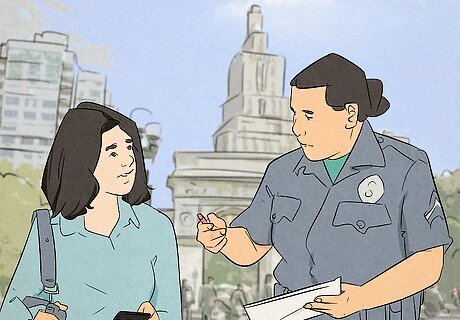
Visit your local police station as soon as you suspect that the individual is missing. Tell the officers on duty that you’d like to file a missing person report, and provide as much useful info as you can about the individual (e.g., what they look like, what they were wearing, where they were last). Explain how and why their disappearance feels out of the ordinary. Many cities and states should let you file a missing person right away, but double-check with law enforcement officers to see what the policy in your area is. Give the police your contact info so they can stay in touch with you in case anything develops. If at least 72 hours pass and the individual is still missing, make sure that law enforcement passes along their info to the FBI’s National Crime Information Center (NCIC) list. In the event of child abduction, law enforcement may put out an AMBER Alert to help locate the child more efficiently (especially if the child is in major danger). Tip: While you’re at the police station, check and see if the missing person is booked in jail.
Contact the person's friends and acquaintances.

Call, text, or meet up with the missing individual’s friends, co-workers, neighbors, or anyone else who crossed paths with them frequently. One of these people might have an idea of where the missing individual was headed or what they were doing around the time they disappeared.
Submit their name to the NamUs database.

The NamUs Database contains thousands of missing and unidentified person cases in the USA. Submitting a person’s name to this database puts their case information in a spot that can be easily accessed and investigated by a more extensive network of criminal justice professionals. Register on the NamUs website to submit the missing person case. A member of NamUs staff will review and confirm the details of the case before making it live on the database.
Check with local hospitals.

If the missing individual got injured but didn’t have any ID on them, hospital personnel might not know who to contact. On the off-chance that this scenario happened, dial up your local hospitals and ask if any unidentified people were checked in recently.
Touch base with local public establishments.

Libraries, churches, and homeless shelters are all possible spots the missing individual could be. Look up the numbers of these local establishments and ask if they’ve seen anyone matching the description of your friend or loved one. Some places (like a domestic violence shelter) might not be allowed to share who is staying there.
Hang up flyers with the person’s face.
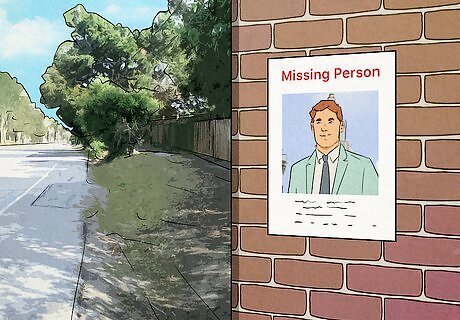
Include 2 recent photos of the individual on your flyer, along with their name, hometown and state, last known location, physical characteristics, car information (if relevant), and a contact number for law enforcement. Print out these copies and hang them up in well-trafficked areas. Save this file as a PDF, too, so it’s easy to send and spread online. Don’t use your own phone number when making a flyer.
Check the person’s social media accounts.

Has the person posted, commented, or liked any posts lately? Check all of their social media profiles to see if there’s any recent activity. A recent post, photo, or comment might shed some light on where they are or what they were last up to.
Make social media pages to raise awareness.
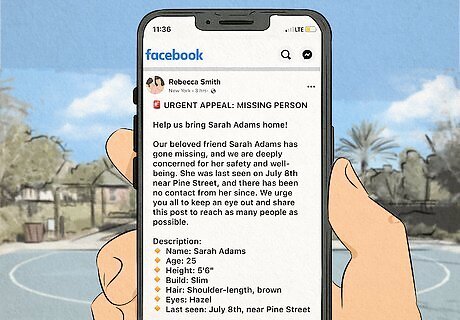
Dedicate a Facebook page, Twitter/X account, or Instagram profile to the missing individual to help spread the word about their disappearance. Post a digital copy of their missing person flyer, complete with info about their appearance, last known location, and who they can contact with tips. It may also help to make a website that serves as an information hub for the missing individual’s case.
Check the person’s phone location.
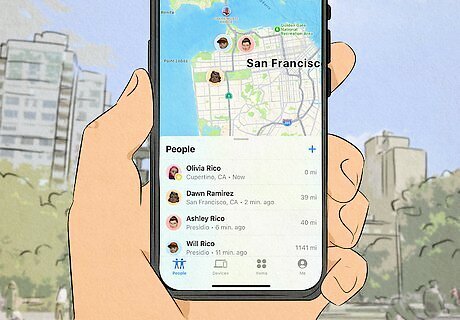
If the missing person has an iPhone and you previously shared locations, use the “Find My” app to get a better idea of where they last were. If you share locations on Android (or a different app), check the corresponding location app (like Google Maps) to figure out where they last were. If the missing person left their phone behind, ask the police what to do next. They might want to look at the phone for their own investigation.
Inform the local news station.

Look up the email of your local news station and inform them about the missing person. Ask if they’d be willing to cover the case on the news, and give them a few photos to include in case they move ahead with the story. Contact your local newspaper and see if you can put an ad out. Sites like Craigslist let you publish ads for free, though they might not have as much reach as a news station or newspaper.
Hire a private investigator.

Search for PIs in your area if you’d rather take the investigation into your own hands. Focus on professionals who have their own office space, and who have all the state-required licensing for the job. Take a closer look at their specialties, along with how past clients have reviewed them. A typical PI charges $70 for tracking someone down, though the price can vary.
Consult public records for a long-term missing person.
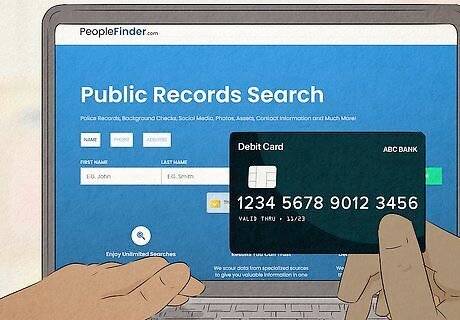
If you haven’t seen or talked to the missing person in months or even years, searching public records could be a useful way to dig up more information on their whereabouts. Government-run sites like PACER can be a good starting point—just keep in mind that PACER specifically charges 10 cents for each page you access. Some free alternatives include Federal Judicial Database or the GovInfo site. These resources are most helpful if you suspect the missing person may have gotten into trouble with the law. Paid online directories like Intelius and People Finder may also have information on an individual you haven’t contacted for a long time.




















Comments
0 comment